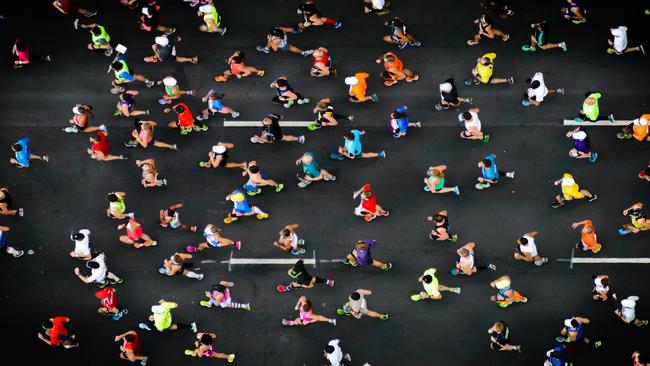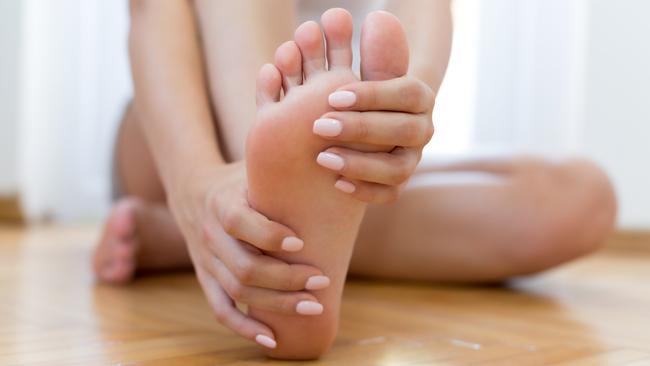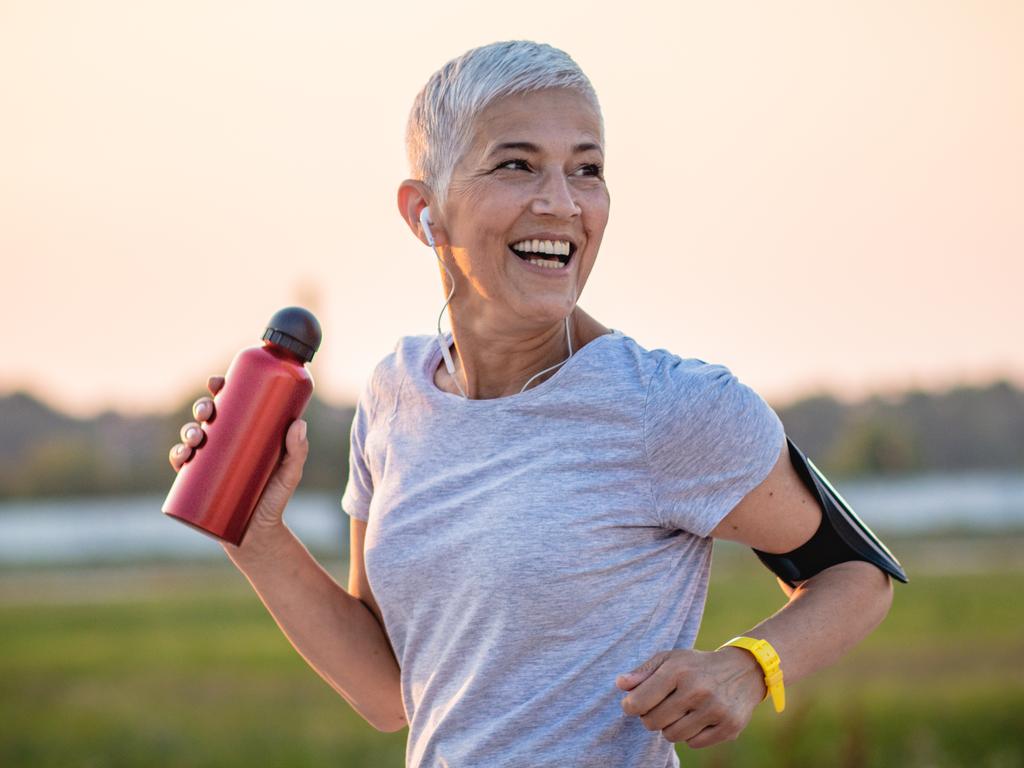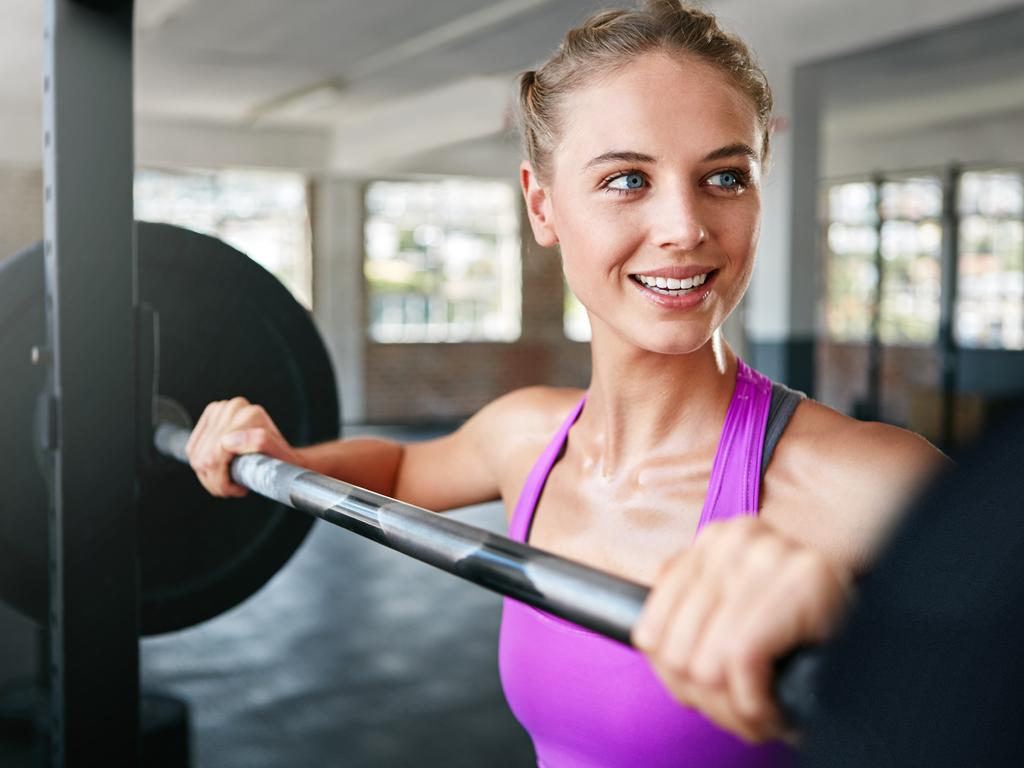How to run for maximum effect: slow down and shuffle
Everything you know about running is wrong. Here’s why

Running has become increasingly popular during the pandemic, with roughly double the number of people downloading the Couch to 5K app compared with the same period the year before. Sales of running shoes have soared by up to 200 per cent in the same period. Whatever your level of ability, there are always ways you can improve your technique. So what is the latest advice from the experts?
Running slowly can make you a better runner
You don’t have to go flat-out. A more leisurely pace will have greater benefits, especially if you are a beginner. “Easy running, in which you are capable of holding a conversation throughout a run, is where you start to build your endurance,” says Martin Yelling, a running coach and the author of a new book Running In the Midpack.
Sports scientists suggest following the 80:20 rule, which means aiming to do 80 per cent of your run at an easy to moderate pace and only 20 per cent at moderate to high intensity. “Easy, steady running is an important part of training that ultimately makes you stronger for longer and helps your body to recover from harder work,” Yelling says.

A shuffling style of running will prevent injury
Devised by a team of human movement scientists at Ghent University in Belgium, in collaboration with American and Japanese researchers, a technique called “grounded” running is an approach to preventing injury in runners. Think of it as being somewhere between fast walking and running — more of a shuffle.
The key is to have at least one foot always in contact with the ground and to barely lift your knee and rear foot. Studies have shown it reduces loading on muscles and joints by up to 35 per cent, reducing the risk of injuries. “As well as lessening the loads, it reduces the energy cost of running, lowering heart rate and core temperature, so fatigue is reduced,” says the exercise scientist Professor John Brewer, the author of Run Smart.

Running can actually improve knee damage
For those who think that their knees aren’t up to a daily jog, not only have researchers proven that long-term running offers joint protection, but also that long-distance running can help to rebuild middle-aged knees, even if the joints are damaged before they start.
A group of researchers, including Alister Hart, a research professor and orthopaedic surgeon at the Royal National Orthopaedic Hospital, University College London, followed a group of middle-aged first-timers training for the 2017 London Marathon. Although none of the participants thought they had knee problems, before they had begun training, several MRI scans detected underlying cartilage and tendon damage, typical of the wear and tear that comes with age. While it might have been expected that running would make matters worse, scans completed two weeks after the runners crossed the finish line showed that damaged cartilage was partially repaired and overall the knees were in better shape after the marathon than they were before.
“We were surprised,” Hart says. “But it seems that improved blood supply and the body’s stress responses somehow produce positive changes.”

You need two pairs of running shoes
Selecting a running shoe can seem like a science in itself, but your No 1 criterion should be comfort. “No single shoe suits everyone, and studies have shown that the shoe that feels most comfortable is the one for you,” Yelling says. “Buying running shoes doesn’t need to be a confusing headache.”
What is helpful is having two or more pairs. Researchers reporting in the Scandinavian Journal of Medicine and Science in Sports found that runners who rotated their shoes had a 39 per cent lower risk of injury than those who ran in the same pair of shoes on every run. The authors suggested that “different shoes distribute the impact forces of running differently, thereby lessening the strain on any given tissue”.
Having one pair for off-road and one for footpaths is a good idea, Yelling says, although there are other reasons to rotate. “Feet get sweaty and damp trainers harbour bacteria, so one pair can be drying out while you wear the other,” he says.

Beetroot shots can boost your stamina
Of the many supplements that are supposedly helpful to runners, experts believe only a few are worth trying. Beetroot shots are a rich source of nitrates, compounds that are converted by the body to nitric oxide, a molecule that relaxes and widens blood vessels and influences how efficiently our body’s cells use oxygen.
Studies from the University of Exeter suggest that the shots can help to reduce the “oxygen cost”, or effort, required to run to such an extent that stamina rises by up to 15 per cent. Curcumin, the active ingredient in turmeric, is popular among elite athletes, who take it in supplement form, and a study from the University of Queensland found that it reduces delayed onset muscle soreness after exercise.
Montmorency cherry juice has been shown to help muscle recovery after exercise as well as to improve endurance performance in a more recent paper.
Work on your core to make running feel effortless
The stronger your trunk muscles, the better your overall running style. For a study published in the journal PLOS One, researchers from the University of Tennessee and the University of Hong Kong recruited a group of male runners and put half of them through a core-strengthening program while the others stuck to regular training. By the end, treadmill tests revealed that the core group had improved heart rate, aerobic capacity and overall “running economy”, meaning that they needed to put in less effort to maintain a specific constant speed than when they started the core training. There were no such improvements in the control group.

Stretching is vital, even for your toes
“The foot is the bedrock of all your running movement, yet most runners are capable of ignoring their feet until they cause them pain,” says the physiotherapist Paul Hobrough, the founder of the ichatphysio app and adviser to elite runners.
Stretching and strengthening your feet and toes is the key to preventing problems such as plantar fasciitis, a painful injury to the thick band of fascia that runs from heel bone to toes, that plagues runners.
Hobrough says runners can achieve stronger feet by towel-grabbing with their toes for at least two minutes a day. Sit in a chair with your feet on a towel placed on the floor, then raise and lower your forefoot to grab the towel with your toes and scrunch it towards you.
Also try doing a “big toe extension” after wearing shoes all day. “Big toe mobility is vital for the push-off phase in running and will reduce the risk of foot injuries,” Hobrough says. “Sitting with bare feet, hold your big toe with fingertips and pull it towards your shin, holding for 30 seconds, repeating several times a day.”

Lifting heavy weights will improve running speed
Runners tend to avoid weight training out of concern that it may make them bulk up and hamper their speed. In fact, the heavier the weights you lift, the more the benefit to your performance, according to Australian researchers reporting in the British Journal of Sports Medicine.
“Explosive” exercises — targeting the legs, glutes, arms and shoulders and including barbell squats, lunges and calf raises — can help to improve running economy (ie the amount of effort you have to make to achieve the same time) by 2 to 8 per cent and time-trial performance by up to 5 per cent. “Strength is one of the pillars of running,” Yelling says. “It conditions the body for robustness and helps to protect against injuries.”
The Times







To join the conversation, please log in. Don't have an account? Register
Join the conversation, you are commenting as Logout